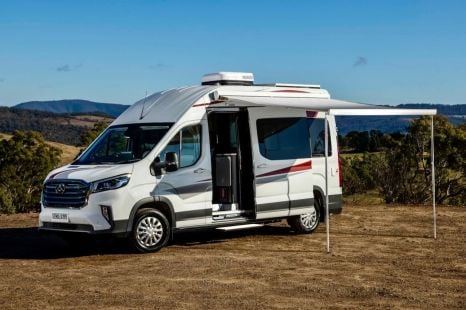

Ben Zachariah
2026 LDV Deliver 9 campervan released with sharp pricing
4 Hours Ago
Increased competition, lower price points and government incentives have seen EV sales rise rapidly in Europe, and Tesla lose its number one spot.

Journalist
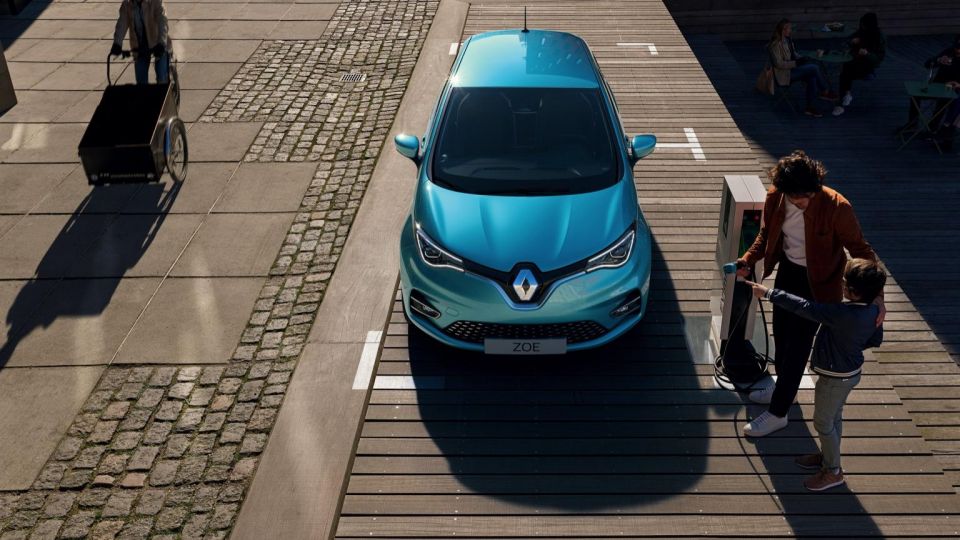

Journalist
Facelifted for 2020, and newly available with a bigger battery and more powerful motor options, the Renault Zoe has rocketed past long-time EV darling the Tesla Model 3 to become Europe’s most popular pure electric car.
According to a report by analysis firm JATO Dynamics, EV sales were up 106 per cent to 733,400 units, and accounted for 6.2 per cent of all cars sold in 23 European countries.
Plug-in hybrids accounted for further 686,600 sales across the EU23 bloc.
JATO says sales of EV and plug-in hybrids were up 147 per cent last year thanks to government incentives and new models at lower price points.
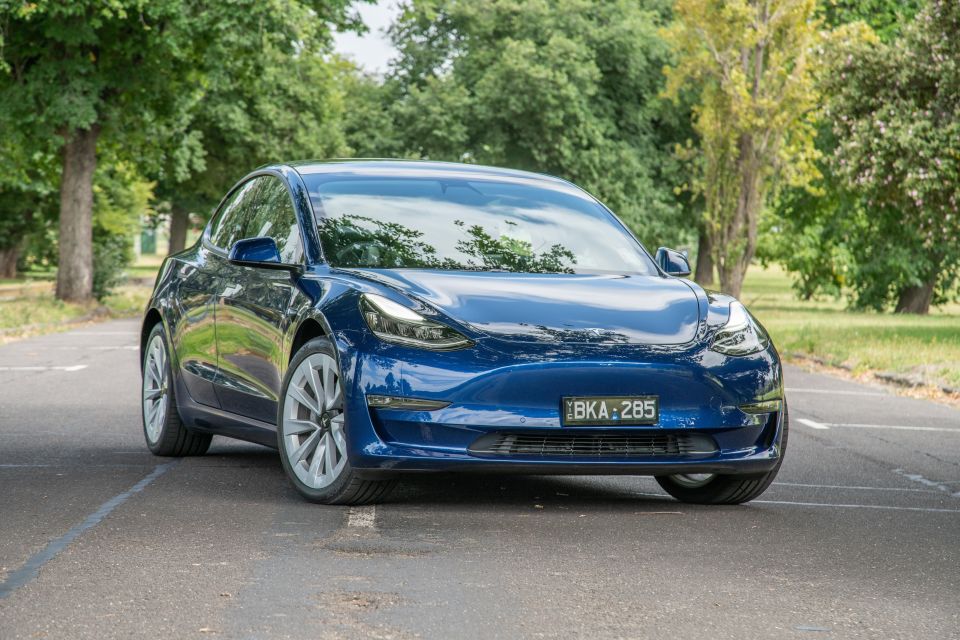
The Renault Zoe, which starts from around €32,500 ($51,000), more than doubled its sales, while the Tesla Model 3, with a starting price of €47,990 ($75,300), slid back slightly.
Due to software troubles and the Coronavirus pandemic, which hampered its production ramp up, the Volkswagen ID.3 only managed third spot. With the early gremlins gone and factory lines gaining speed, the ID.3 might well be the 2021 champion.
Through its multitude of brands, the Volkswagen Group captured a 25.2 per cent share of the European EV market ahead of the Renault-Nissan-Mitsubishi Alliance in second place. Tesla slipped from first to third with a share of 13.3 per cent.
| Model | Sales | Change from 2019 |
|---|---|---|
| Renault Zoe | 99,261 | +118% |
| Tesla Model 3 | 85,713 | -9% |
| Volkswagen ID.3 | 56,118 | (new) |
| Hyundai Kona Electric | 47,796 | +112% |
| Volkswagen e-Golf | 33,650 | +18% |
| Peugeot e-208 | 31,287 | (new) |
| Kia Niro Electric | 31,019 | +208% |
| Nissan Leaf | 30,916 | -5% |
| Audi E-Tron | 26,454 | +45% |
| BMW i3 | 23,113 | -27% |
Outside the top ten the Porsche Taycan (11,852) placed 19th, the Mazda MX-30 (9659) was in 22nd spot, and the Polestar 2 (9182) was one rank back.
The new electric-only Fiat 500 was 28th with 6480 sales, and the Honda E sold 4006 units to be 35th. Even the ancient Citroen C-Zero – a rebadged Mitsubishi i-MiEV – was up 80 per cent to 1841 sales.

The Mitsubishi Outlander was one of the first plug-in hybrid vehicles available when it went on sale in 2013.
Up until now it has dominated the relatively small scene, but the car’s age, a flood of new models, and consumers switching from diesels to plug-ins have seen Mitsubishi lose its number one slot. The company is also planning to leave Europe over the next few years as it concentrates its efforts on Japan and south-east Asia.
Mercedes-Benz is now Europe’s best-selling PHEV brand with an 18 per cent share.
| Model | Sales | Change from 2019 |
|---|---|---|
| Mercedes-Benz A-Class | 29,427 | (new) |
| Mitsubishi Outlander | 26,673 | -21% |
| Volvo XC40 | 26,506 | (new) |
| Volkswagen Passat | 26,421 | +397% |
| BMW 3 Series | 25,087 | +151% |
| Ford Kuga | 22,628 | (new) |
| Volvo XC60 | 22,531 | +64% |
| Audi Q5 | 18,682 | +673% |
| Mercedes-Benz E-Class | 18,549 | +57% |
| Kia Niro | 17,953 | +46% |
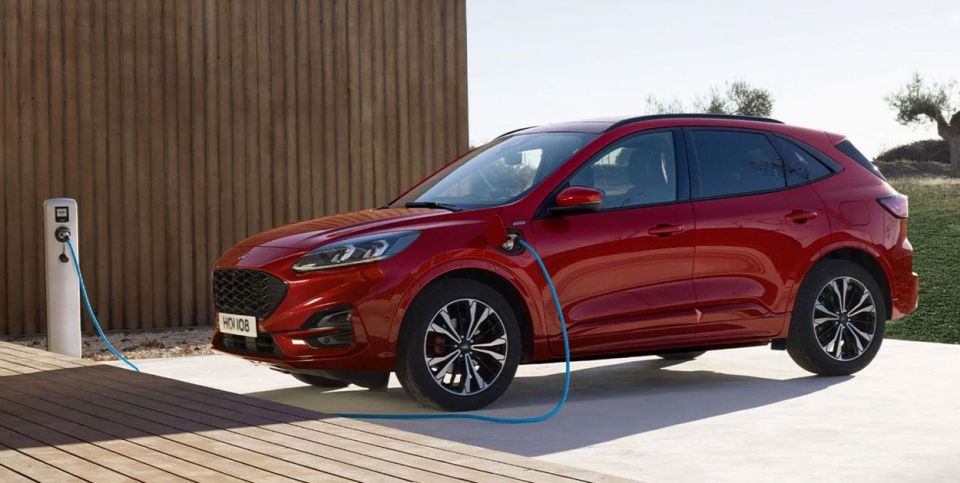
The adoption of EVs and plug-in hybrid has been spurred by the European Union’s 95g/km CO2 fleet-wide target for automakers.
Companies that overshoot this figure are handed hefty fines for every gram over the mark. Car makers are, however, able to pool their numbers with other firms in order to meet the target.
Fiat Chrysler reportedly paid huge sums to partner up with Tesla, while Ford had to join forces with Volvo after the Blue Oval halted production of the Kuga PHEV due to battery fires.
JATO’s EU23 figures include Austria, Belgium, Croatia, the Czech Republic, Denmark, Finland, France, Germany, Greece, Hungary, Ireland, Italy, the Netherlands, Norway, Poland, Portugal, Romania, Slovakia, Slovenia, Spain, Sweden, Switzerland, and the United Kingdom.
Derek Fung would love to tell you about his multiple degrees, but he's too busy writing up some news right now. In his spare time Derek loves chasing automotive rabbits down the hole. Based in New York, New York, Derek loves to travel and is very much a window not an aisle person.


Ben Zachariah
4 Hours Ago
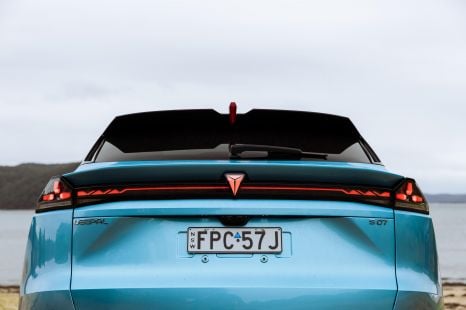

William Stopford
6 Hours Ago
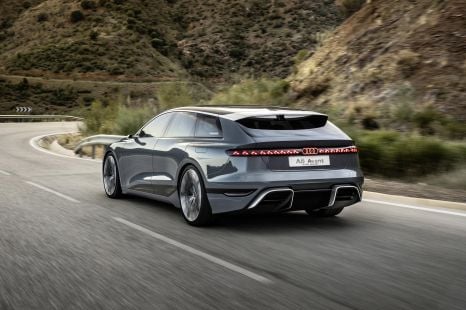

Derek Fung
6 Hours Ago


Alborz Fallah
6 Hours Ago


William Stopford
13 Hours Ago


William Stopford
21 Hours Ago